 With the fall season upon us homeowners here in the Minneapolis area can surely expect a rash of rain, wind, and very wet snow. During wet seasons it is inevitable that roofs will start leaking if they have not been cared for.
With the fall season upon us homeowners here in the Minneapolis area can surely expect a rash of rain, wind, and very wet snow. During wet seasons it is inevitable that roofs will start leaking if they have not been cared for. Sometimes a leaky roof is obvious, because the water suddenly comes cascading through the ceiling. But not always.
While some leaks may not be seen as soon as they happen, it is very important to know what you are looking for so you will be able to avoid a very costly nightmare of wood rot, mold, and drywall damage. The timely inspection of your roof is your best defense when it come to preventing bigger issues over these next cold, wet Minnesota winter months. Inspecting your roof should become a very important part of your overall fall maintenance tasks.
Leaky roofs are very often hard to diagnose. At best, they can be a nuisance – at the worst they can become a very costly structural nightmare. Here's what to look for. Three Signs That You Have a Leaking Roof- The most obvious sign that you have a roof is the manifestation of stains and or water drips on your ceiling and/or interior walls. Regrettably, that leak may not be directly above the appearance of the drip and/or stains for the simple fact that water can travel along vents, rafters, as well as pipes before they actually cause noticeable damage to your home. Because of this, you may need a roofing contractor to locate the source of the leak.
- If you visually inspected your roof this fall, you may have noticed deteriorating, curled shingles. If large portions of the shingles are damaged, water can seep between them and permeate the roof's underlay. Carefully pry up any of these affected shingles and inspect the area closely for evidence of leakage. These signs include mold and mildew, as well as moisture buildup. If the area is small enough you may be able to replace the affected shingles, but if it is a very large section it is clearly a sign that you need to replace your roof.
- If you are noticing a buildup of mildew and/or mold in your roof valleys or around skylights and vents it probably means water has been penetrating the area. This type of roofing leak may have occurred due to water that has begun to seep through mortar or loose bricks, or just because the flashing that is designed to protect adjoining roofing portions has come loose or may be lifting. As you are doing your inspection keep in mind that even the smallest crack can ultimately lead to a massive buildup of water, which will eventually ruin your home’s interior if you elect to leave it unaddressed.
Subscribe to Quarve Contracting's Blog


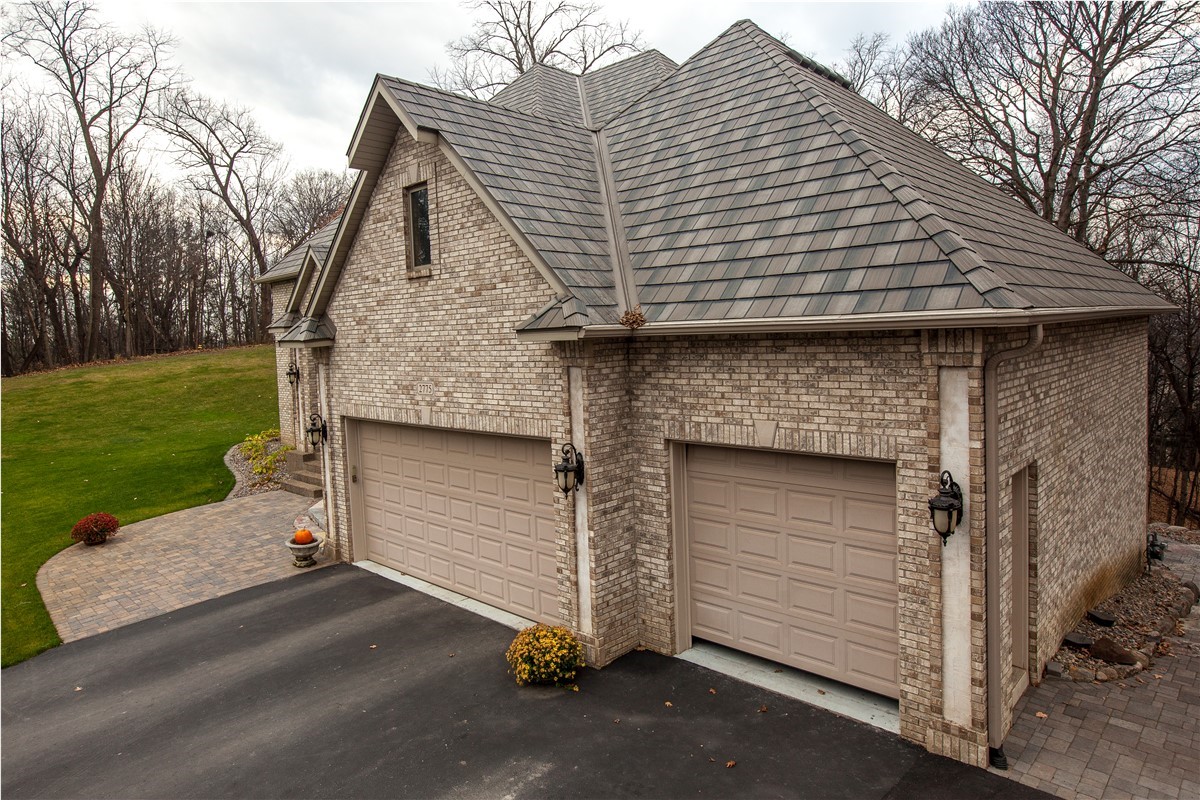
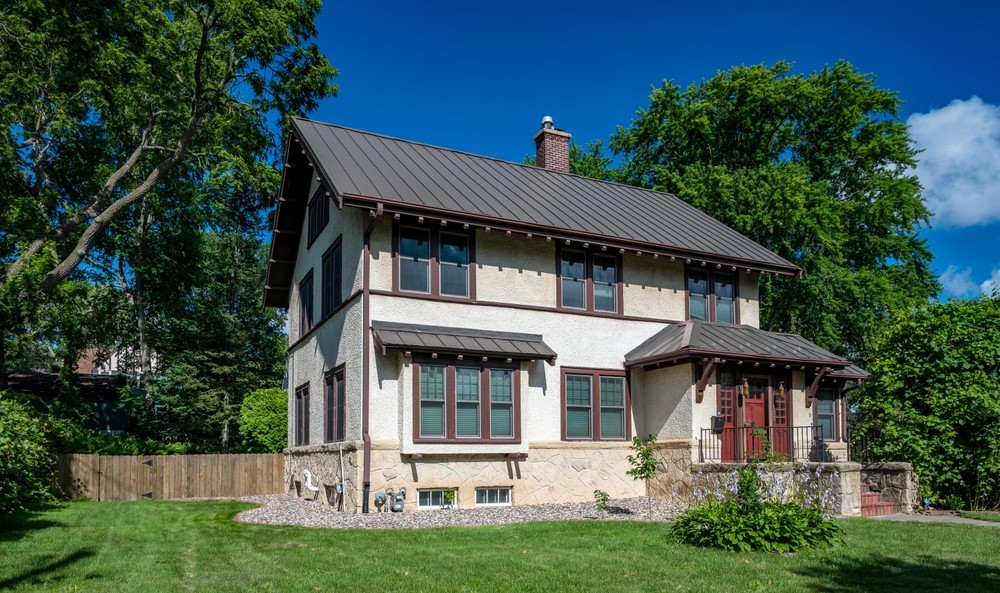
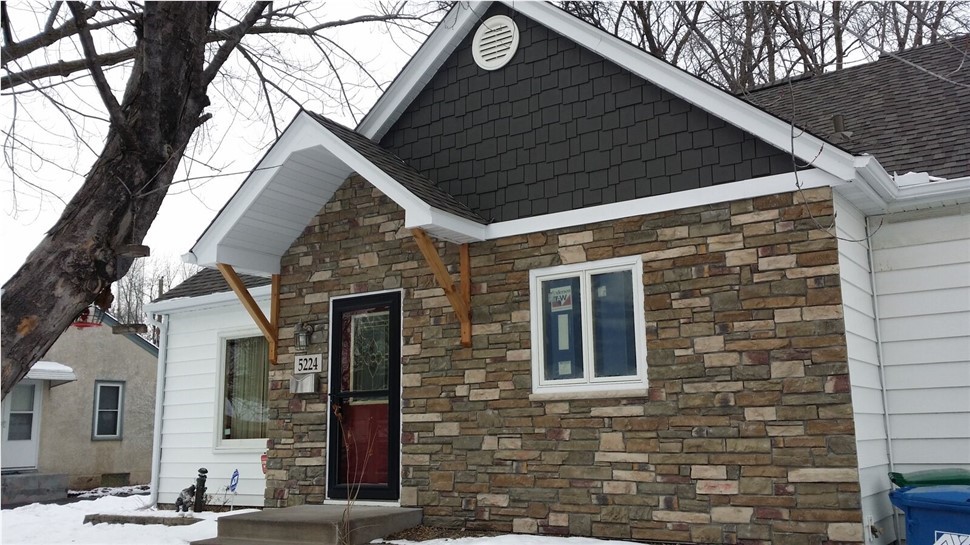
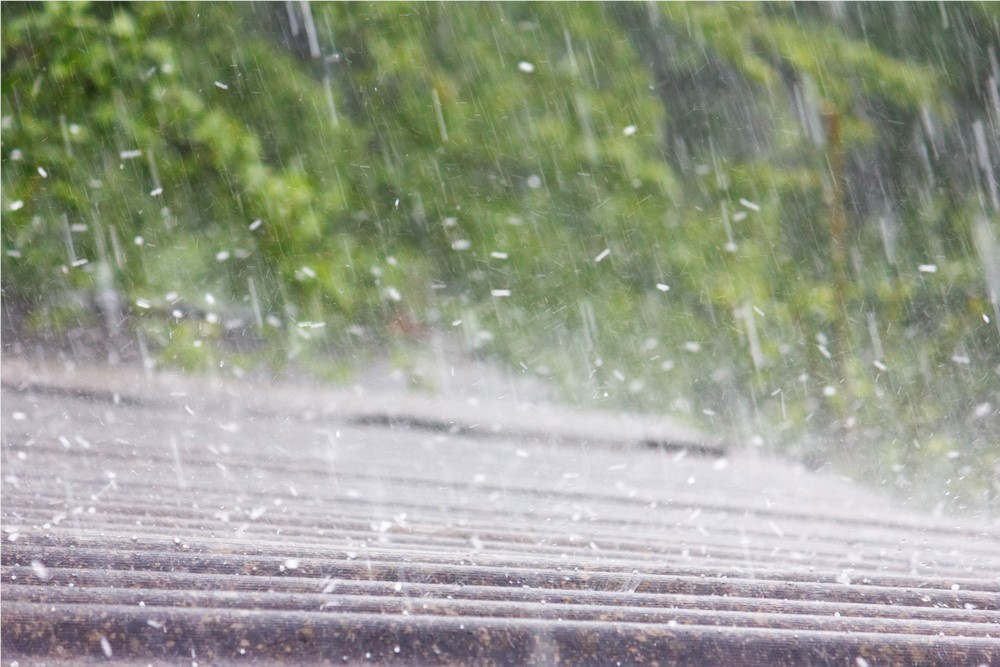
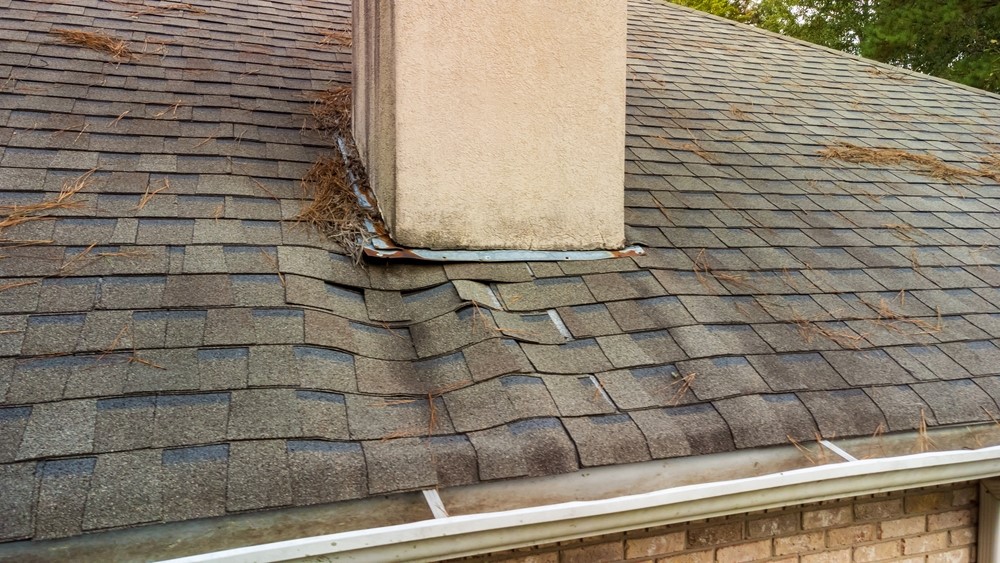
Comments